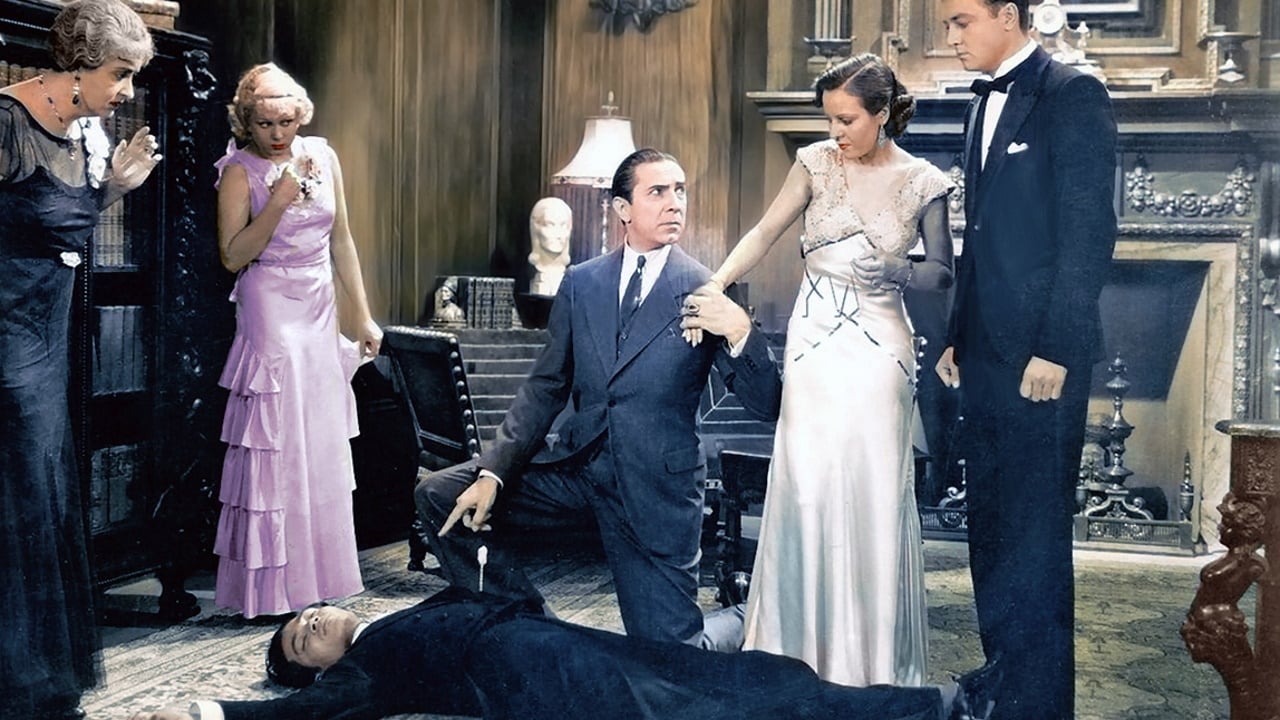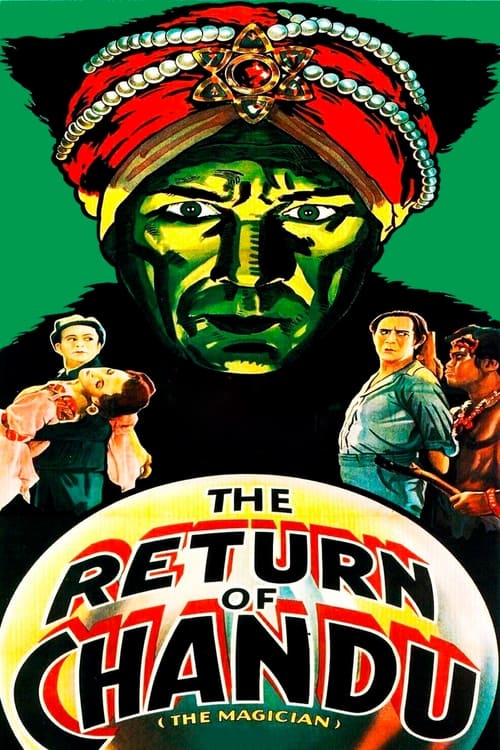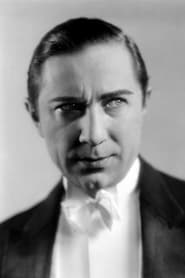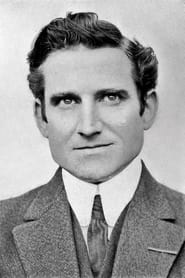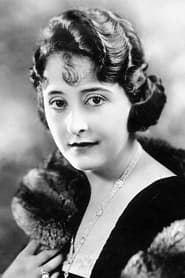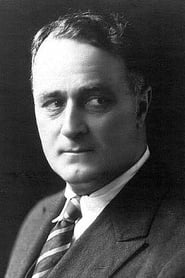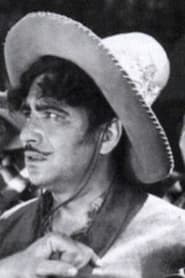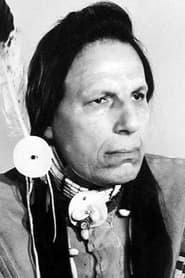Cast
View AllBela Lugosi
as Frank Chandler (Chandu)
Maria Alba
as Nadji - Princess of Egypt
Murdock MacQuarrie
as The Supreme Voice of Ubasti [Chs. 4-12]
Clara Kimball Young
as Dorothy Regent
Dean Benton
as Bob Regent (as Deane Benton)
Phyllis Ludwig
as Betty Regent
Lucien Prival
as Vindhyan, High Priest [Chs. 1-4]
Cyril Armbrister
as Henchman Sutra [Chs.1-4]
Wilfred Lucas
as Capt. Wilson [Chs. 4-12]
Josef Swickard
as Tyba, The White Magician [Chs. 8-12]
Baby Peggy
as Judy Allen
Dick Botiller
as Morta
Iron Eyes Cody
as Cat Man
Louise Emmons
as Sisaba
John Ince
as Mr. James
Crew
Director
- Ray Taylor
Writer
- Vera M. Oldham
- Harry A. Earnshaw
- R.R. Morgan
Producer
- Sol Lesser
Reviews
CinemaSerf
This might have worked better as a silent feature as it mixes up it's mythologies to allow Bela Lugosi's eponymous character (aka. "Chandler") to race to the rescue of the imperilled Egyptian princess "Nadji"(Maria Alba). Why? Well it seems that some Pharaonic cult from ages past has decided that she's the reincarnation of a goddess. What's slightly confusing is that they seem to want to sacrifice her so the goddess ("Ossana") can, well, reincarnate! Anyway, never let the plot get in the way of a rather pointlessly abridged version of the serialisation as it takes us through approximately one third of the story before we run out of reels and must search for him on his "Magic Island" film which doesn't come along til next year. To be fair, I like the genre and they do try a little with the score to create some sense of mystical peril and hypnotics, but Lugosi is at his most wooden here as he fears "grave danger" for the princess as if he were buttering his toast and Alba goes into dramatic overdrive as the damsel in distress. The "Yogi" says have faith, but somehow I fear this ought to have just stayed as a weekly serial with the odd cliffhanger and the slightest sense of jeopardy which is distinctly lacking here.
Dec 26, 2024
Thematic Analysis
This Action/Fantasy/Romance/Adventure/Horror film explores themes of fear and survival, delving into the psychological aspects of human nature when confronted with the unknown. The Return of Chandu presents a unique perspective on the horror genre by focusing on the psychological terror rather than relying on typical jump scares.
Director Ray Taylor brings their distinctive visual style to this film, continuing their exploration of themes seen in their previous works while adding new elements. Their approach to pacing and visual storytelling creates a viewing experience that rewards close attention.
Released in 1934, the film exists within a cultural context that now offers viewers historical perspective on the social issues of that era. Its reception demonstrates the diverse reactions to its artistic choices and its place in cinema history.
Did You Know?
- The production of The Return of Chandu took approximately 3 months from pre-production to final cut.
- The final cut of the film runs for 203 minutes, though the director's initial assembly was reportedly 237 minutes long.
- Some visual effects sequences took up to 3 months to complete.
- The cast underwent specialized training for 4 weeks before filming began.
- The screenplay went through 12 major revisions before the final shooting script was approved.
Historical Context
- In 1934, when this film was released:
- The Cold War was intensifying, influencing global politics and culture.
- The civil rights movement was gaining momentum in the United States.
- The film industry was dominated by major studios, with independent cinema still in its early development.
How This Film Stands Out
While The Return of Chandu shares thematic elements with other films in its genre, it distinguishes itself through its unique approach to storytelling, visual style, and character development.
Unlike The Black Coin, which takes a more conventional approach to its subject matter, The Return of Chandu offers a fresh perspective through its innovative visual language and narrative structure.
While films like The Wolf Dog and Perils of the Royal Mounted explore similar territory, The Return of Chandu stands apart through its deeper exploration of its central themes and more complex characterization.
This film's unique contribution to cinema lies in its bold artistic choices and willingness to challenge viewer expectations, making it a valuable addition to its genre.
Details
- Release Date: October 1, 1934
- Runtime: 3h 23m
Where to Watch




